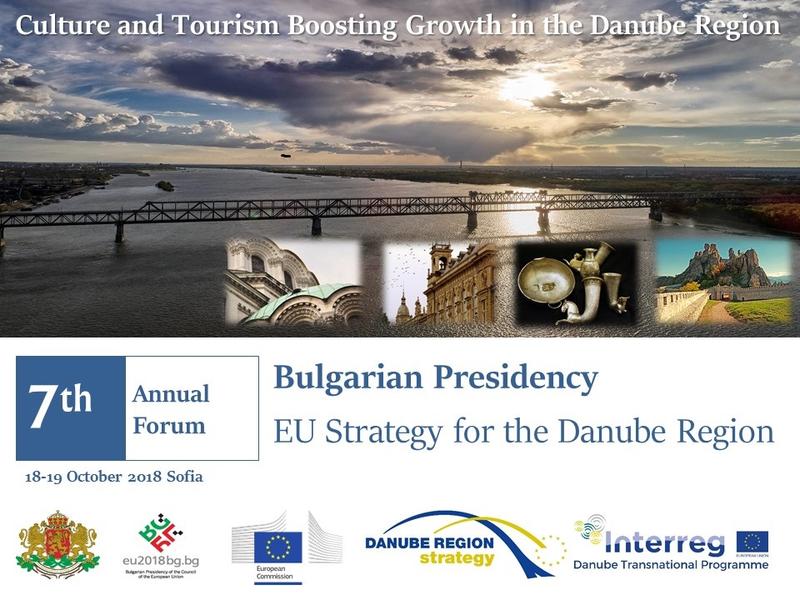Nature parks and reserves from 8 Danube countries are united in joint tourism projects
Nature parks and reserves from 8 Danube countries are united in joint tourism projects
By Ministry of Regional Development and Public Works
Tourism products have been developed under the Danube Strategy
A brochure developed under the EU Strategy for the Danube Region shows opportunities for tourism in protected areas along the Danube. The brochure is also available in Bulgarian on the website http://www.danubeparks.org/.
Nature lovers can choose between 15 protected areas – boating and canoeing, rock climbing, biking and excursions. In addition, maps with tourist routes can be downloaded from http://www.danubemap.eu/.
The site also contains additional information on the possibilities for eating and overnight accommodation as well as on transport links. At the same time, the natural resources and species diversity of each area are described.
The tourist parks were realized under the projects Danube Parks and Danube Parks 2 which include nature parks and reserves from 8 Danube countries – Germany, Austria, Slovakia, Hungary, Croatia, Serbia, Bulgaria and Romania. On the Bulgarian side, partners are Rusenski Lom Nature Park, Persina Nature Park, Srebarna Nature Reserve and Kalimok - Brushlen Protected Site.
Protected areas along the Danube preserve valuable species and habitats, but they are also a place for entertainment and recreation in nature. Until recently, international tourism in these areas has been hampered by lack of enough information. Today, however, the opportunities are increasing thanks to the new technologies and the cooperation of the Danube countries within the framework of the EU Strategy for the Danube Region. For example, Persina Nature Park has five kayaks and tourists' equipment. The Danube Delta Romanian Biosphere Reserve organizes recreational tours, scientific tourism, rural and spa tourism. Tourists can make day trips with boats and those who have more time can travel by modern floating hotels from 6 to 12 days. The Srebarna Nature Reserve has created conditions for observation of over 200 bird species, and in the Croatian Kopački rit Nature Park there are offers for sport fishing.
Almost all protected areas have visitor centers. The Danube Parks 2 project has been developed with information boards that allow multimedia presentation of each of the protected areas. Local guided excursions are organized for tourists on site. There are special offers for students and a family program.
Danube tourism as a generator for economic growth and territorial cohesion will be the topic of the Seventh Annual Forum of the EU Strategy for the Danube Region which is to be held on 18 and 19 October in Sofia. At the moment it is mainly focused on cities and culture, cruises and cycling. Tourism opportunities, however, are much greater, as the region has unique natural assets that could attract visitors from all over the world. Key topics related to the protection of cultural and historical heritage, the use of new technologies and the digitization of the tourism sector, transport connectivity and mobility, safety and security in the provision of tourist services, etc. will be addressed at the forum. Within the individual panels, opportunities will be discussed to attract public and private investment in tourism as well as the use of post-2020 financial instruments. The themes for synergy and coherence between macro-regional strategies to achieve the EU's overall objectives and for the future of macro-regional strategies after 2020 will also be addressed. Cooperation between Danube countries contributes to an even higher quality of products and staff qualifications as well as to the creation of more innovative offers.
The registration of participants in the Seventh Annual Forum of the European Union Strategy for the Danube Region will be open from 1 August. The event is held under the Bulgarian Presidency of the Strategy and is organized by the Ministry of Regional Development and Public Works in partnership with the European Commission.




